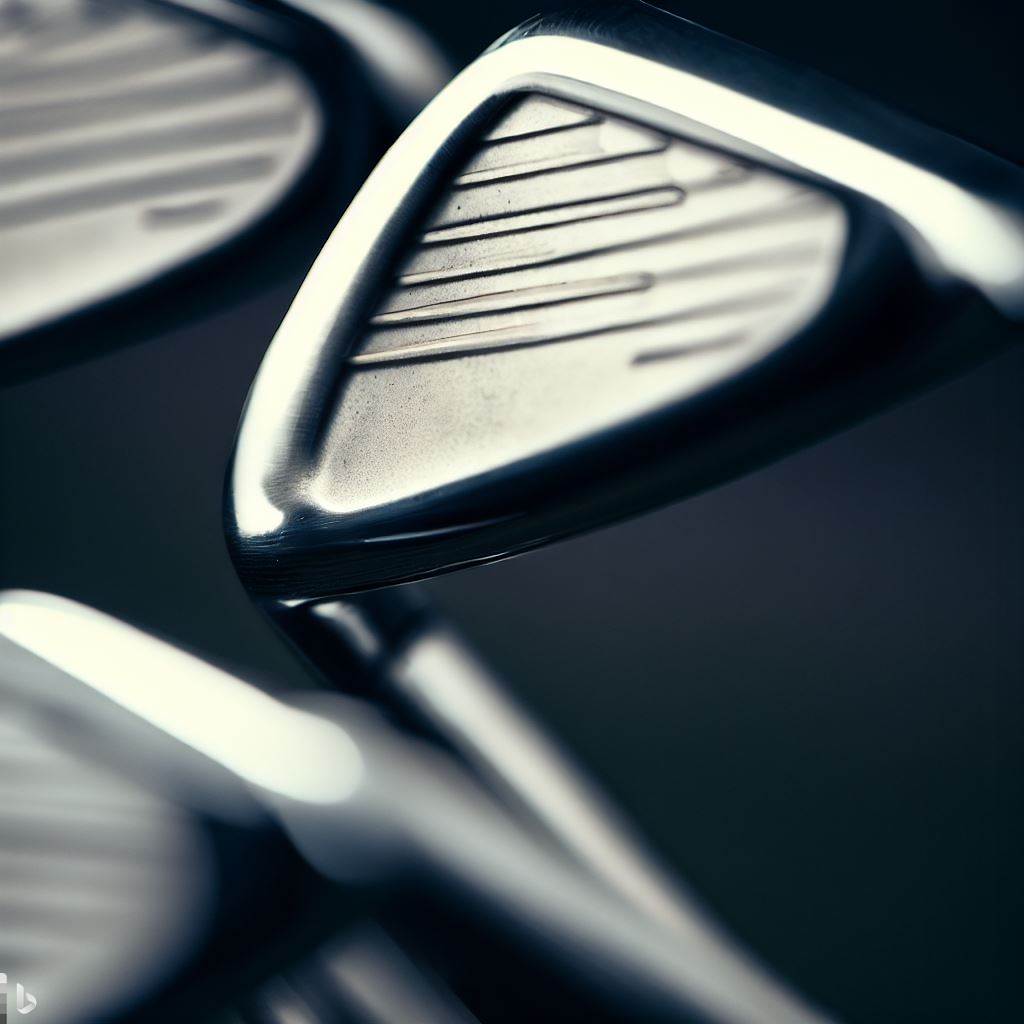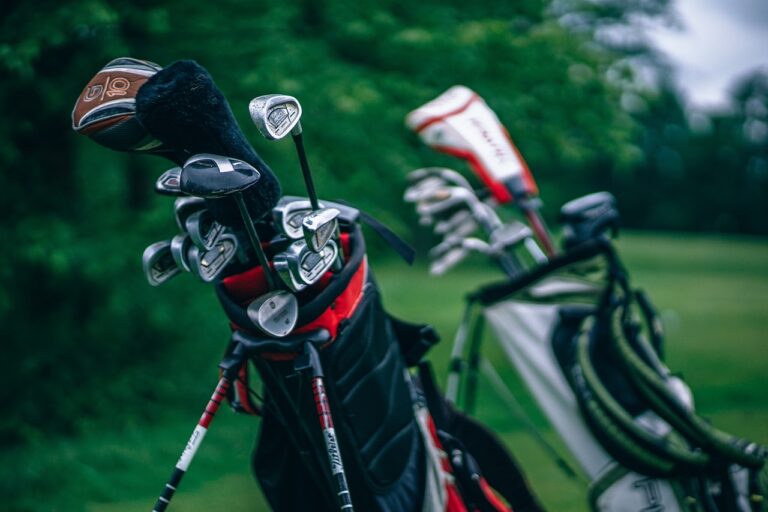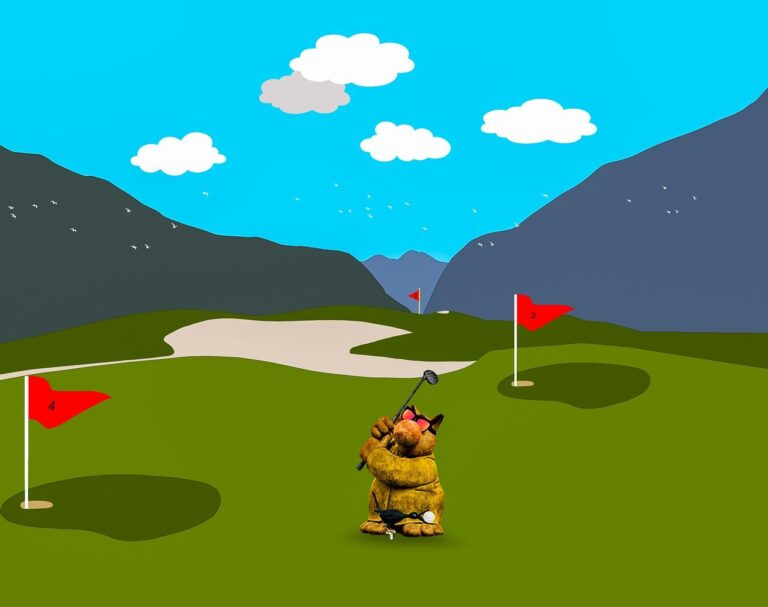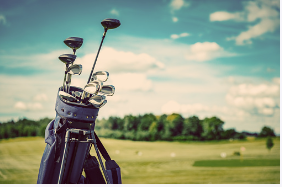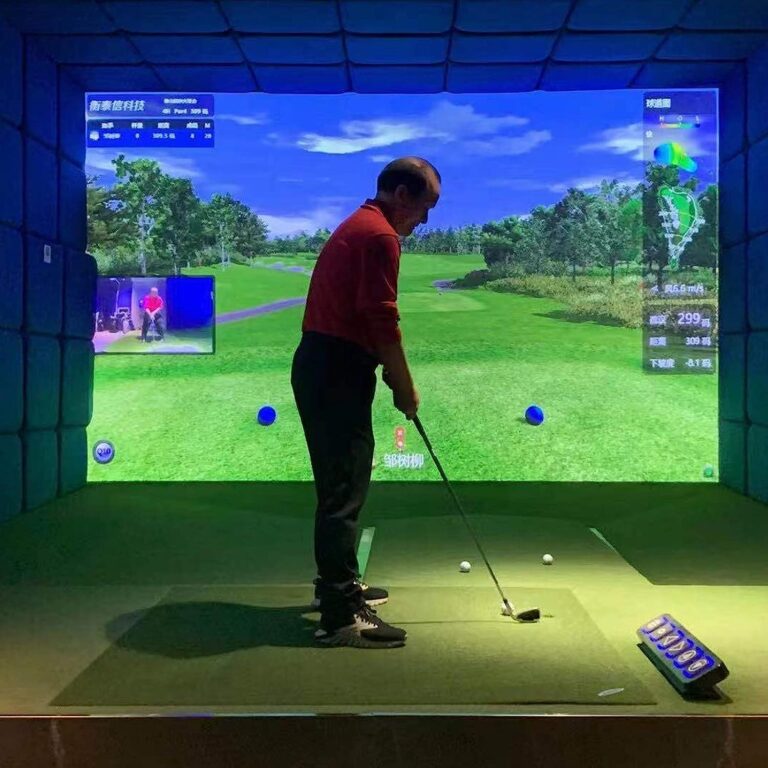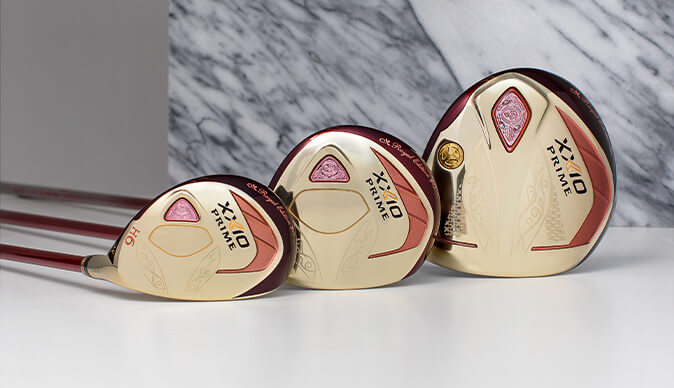What is offset in golf irons
It’s a crisp Saturday morning, and you’re on the course. You’ve got the sun, the green, your best pals, and your trusty golf bag by your side.
Golf, for many, is more than just a game – it’s a passion, a challenge, a way of life. To truly excel at it, one needs to understand not just the art of the swing, but also the science of the tools. This brings us to a fascinating subject – “What is offset in golf irons?”
Demystifying Golf Jargon: What is Offset in Golf Irons?
At first glance, golf clubs can look like a complex mass of metal, angles, and mystery. When it comes to the term “offset,” you might imagine it refers to some convoluted golf strategy or secret handshake among pros. However, offset in golf irons is an ingenious piece of club design.
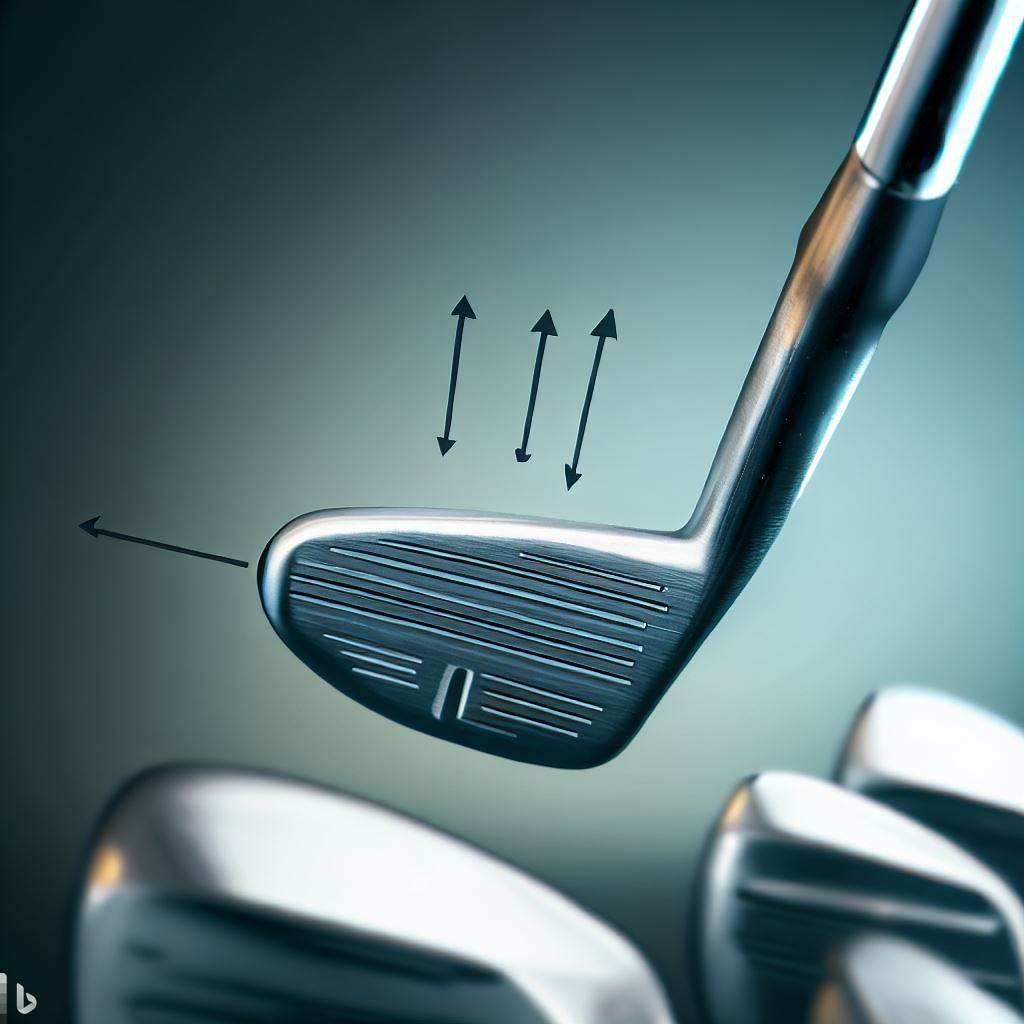
Offset is a design element of the club where the neck or hosel of the club is in front of the face of the clubhead. In simple terms, it’s the small space you see between the leading edge of the clubface and the front line of the hosel.
If you look at your golf iron from a side angle, the clubhead appears to be set back from the shaft. That’s the offset.
The Genesis of Offset in Golf Irons.
We can’t talk about the offset without a trip down memory lane. The offset was introduced to help amateur golfers and those with slower swing speeds to gain more control and achieve better results.
The main goal was to help golfers get the ball airborne more easily and reduce the tendency to slice the ball – the dreaded rightward curve of the ball for right-handed golfers.
Offset in Golf Irons: An Unsung Hero.
The offset might seem like a tiny design aspect, but it’s got a huge role to play. The more offset, the more time the golfer has to square the clubface at impact.
In essence, it gives you a fraction of a second more to correct your shot, reducing the chances of a slice or a hook. It’s like that friend who always has your back – you may not always notice their efforts, but you’d sure miss them if they weren’t there.
Categories of Offset in Golf Irons.
Just like no two golf swings are the same, the offset isn’t one-size-fits-all. The offset can be categorized into three main types – standard, progressive, and reverse offset.
1. Standard Offset.
Standard offset is where each club in the set has the same amount of offset. It’s as straightforward as it gets, providing a consistent look and feel across all the clubs in your bag.
2. Progressive Offset.
Progressive offset refers to a design where the amount of offset changes throughout the set. Typically, the longer irons have more offset, which progressively decreases down to the wedges.
This is done to provide more assistance to the golfer where it’s most needed, helping them launch the more challenging longer irons.
3. Reverse Offset
As you’d imagine, reverse offset is the opposite of progressive. The offset decreases as the clubs get longer. This design is much less common and is generally suited to highly skilled golfers who seek extra workability in their shots.
Does Offset in Golf Irons Affect Ball Flight?

The short answer is yes. The longer answer is a nuanced exploration of physics, golf technique, and individual player characteristics.
The offset design can make it easier to square up the club at impact, thereby reducing the chances of an open face at impact which can cause a slice. A golf iron with a larger offset generally results in higher, straighter shots.
Balancing Act: Offset and Clubhead Size
The offset isn’t the lone ranger in the world of golf club design. It often goes hand in hand with clubhead size. Game-improvement irons usually combine a larger offset with a bigger clubhead.
The duo work together to make the club more forgiving for those who don’t always hit the sweet spot.
Offset in Golf Irons: A Controversy?
Offset has been somewhat of a controversial topic in golf circles. Some swear by its benefits, while others prefer a traditional design with little to no offset. In reality, it boils down to personal preference and your unique playing style.
If you’re unsure, it’s always best to give both types a shot and see which suits your game better.
The Science Behind the Offset in Golf Irons
At the heart of the offset lies the fascinating world of physics. By positioning the clubhead behind the hosel, the center of gravity shifts backward, which helps launch the ball higher into the air. Also, the extra milliseconds the offset provides can be a game-changer for your swing mechanics.
Choosing the Right Offset: A Matter of Skill Level
It’s crucial to remember that the ideal offset is highly subjective and depends largely on your skill level and swing speed. Higher handicappers and slower swingers generally benefit from more offset, while low handicappers might prefer less offset for increased shot-shaping capabilities.
Taming the Beast: Offset in Long Irons
Long irons are often considered the hardest clubs to master. Enter the offset – your secret weapon to tame these beasts. The offset can make these clubs more forgiving and easier to hit, a boon, especially for high handicappers and beginners.
FAQs about offset in golf irons.
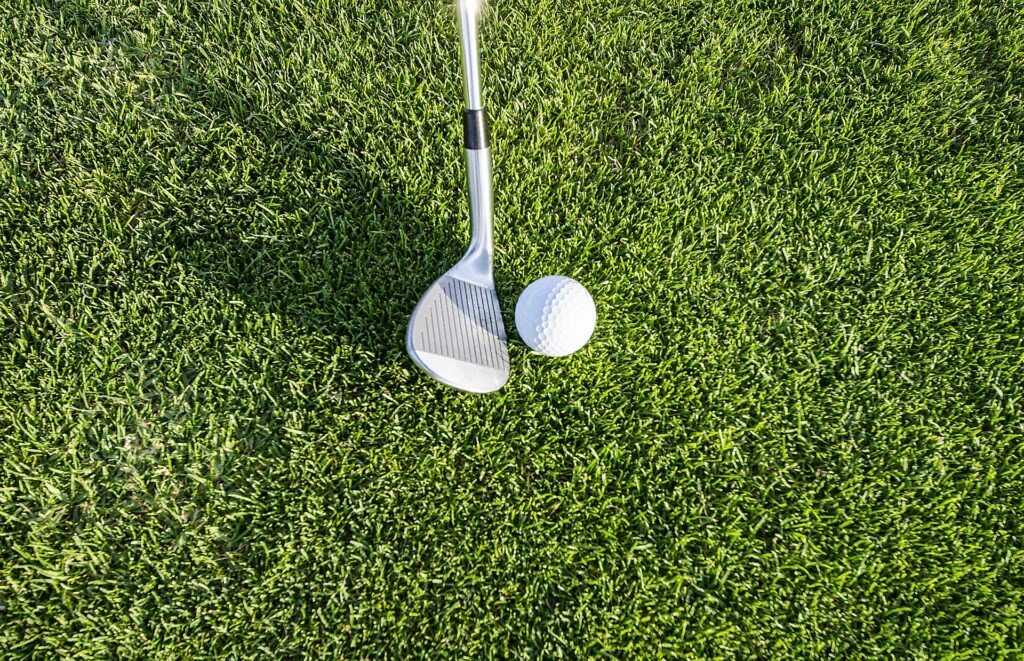
Does a larger offset make the game easier for beginners?
Yes, a larger offset can make the game easier for beginners. It helps get the ball airborne more easily and minimizes slices and hooks.
Does offset in golf irons affect the spin of the ball?
Offset can indirectly affect the spin of the ball. Since it helps square up the clubface at impact, it may lead to less sidespin, which results in straighter shots.
Can professional golfers benefit from offset in golf irons?
While many professionals prefer clubs with minimal offset for better shot shaping, some still use clubs with an offset. It’s all about personal preference and the specific demands of their game.
How is offset different from onset?
Onset is the opposite of offset where the clubface is forward of the hosel or neck of the club. It’s quite rare and is typically seen in putters.
Can I adjust the offset on my golf clubs?
Adjusting the offset is not a simple task and requires the skills of a club fitter. It’s typically easier to select a club with the offset that fits your game during the purchase.
Does more offset mean a less appealing look at address?
While some golfers find clubs with larger offsets less visually appealing at address, others are unfazed by it. Once again, it boils down to personal preference.
Conclusion
Decoding the offset in golf irons uncovers a complex web of design, physics, and player characteristics. Like so many elements of golf, it’s not a silver bullet to solve all your golfing woes. However, understanding what offset
is and how it affects your game can lead to more informed choices when selecting your golf equipment. So, the next time you find yourself mulling over a myriad of golf irons, spare a thought for the humble offset.
Remember, golf is a game of inches where small changes can have a significant impact on your performance.
As always, the best way to find the perfect golf iron for you is to get out there and try different clubs. Your swing, your preferences, and your comfort should be the guiding factors. Happy golfing!

